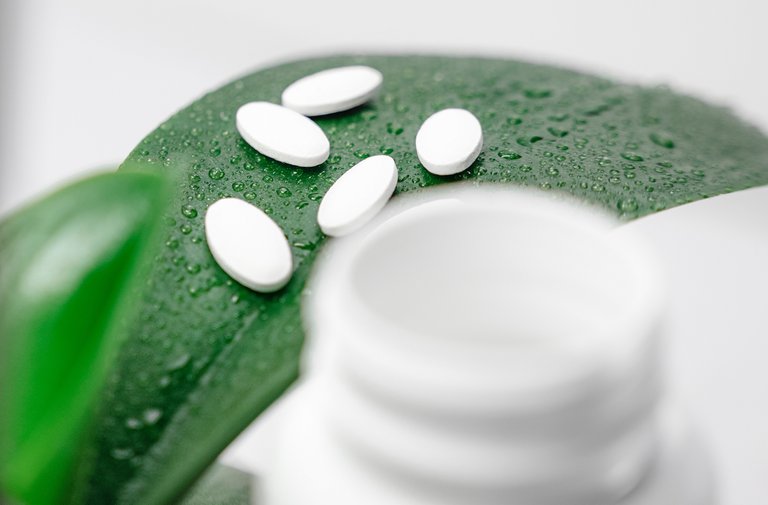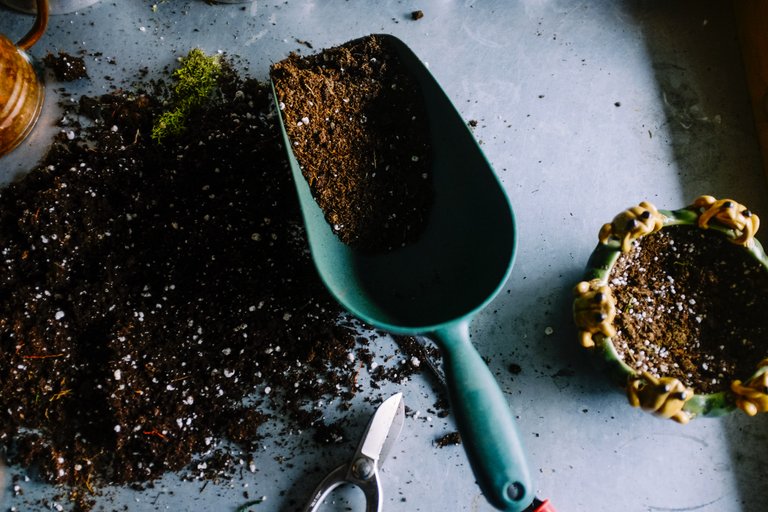Hello hivers, today I am going to talk to you about the functions and deficiencies of nutrients in cocoa cultivation.

Source
Plants are autotrophic organisms that require various compounds that are present in the soil solution to develop their functions; These are the macronutrients: nitrogen (N), phosphorus (P), potassium (K), calcium (Ca), magnesium (Mg) and sulfur (S); and micronutrients: iron (Fe), copper (Cu), zinc (Zn), manganese (Mn), Boron (B) and molybdenum (Mo).
Soils are considered fertile when, in addition to containing all the elements required by plants, they are available to be absorbed; and the soil has the necessary physical and chemical characteristics, such as texture, depth, storage capacity and pH. When any of these nutrients are scarce, the development of plants and their performance is limited, therefore, the use of inputs that provide or restore these nutrients is important for agriculture.
This process is known as fertilization. In the case of cocoa, as in all crops, when one of these elements is deficient, it causes infertility to the soil and therefore the production of this crop is affected. Well let's start with nitrogen, this is a very important element since it promotes the growth and development of the crop, it is part of the chlorophyll molecule, it is essential in the synthesis of amino acids and proteins, it is important in cell division, it increases the number of flowers and improves the weight and size of the fruits.
For me it is the most important chemical element since it influences several parameters, such as organic matter, pH and conductivity. But what would happen if plants are short of this element?
The lack or deficiency of nitrogen manifests itself in a reduction in the growth rate of plants. A plant subjected to deficiency conditions stops its growth in a few weeks and quickly presents dwarfism.
Let's continue with the chemical elements. Phosphorus promotes root development, is important in the formation of flowers, fruits and seeds, is vital in the process of photosynthesis and transport, in the storage and transfer of energy and accelerates the ripening of fruits.
When there is P deficiency, the plant grows slowly due to lack of absorbent roots and the leaves, especially the smallest ones, do not develop. In the case of potassium, it is responsible for the thickening of fruits, grains and tubers. It regulates water in cells and tissues and promotes resistance mechanisms to pests and pathogens. K deficiency symptoms initially appear in older leaves and become accentuated with the development of shoots as a consequence of the translocation of the old nutrient to young tissue.
The translocation is of such a nature that by the time the young shoot fully expands, the old leaves fall off. Calcium facilitates growth and provides strength in young stems and roots. Increases the shelf life of harvested fruits and organs. It facilitates the use of boron and regulates perspiration. Calcium deficiency symptoms appear on the youngest leaves, which present necrotic patches that begin as white spots in the region near the margins. These patches may later fuse to form marginal necrotic areas, which are more extensive in older leaves. Magnesium is a structural component of chlorophyll important in the photosynthesis process.
The typical symptom of Mg deficiency appears as chlorosis that begins in the areas near the central vein of older leaves. After a while, the symptom spreads between the veins towards the edges of the leaf. Up to this point, friends, I have presented to you the deficiencies and functions of macronutrients. These elements are the most important because they are the majority nutrients present in the soil. Although we also find micronutrients such as boron, copper, iron, manganese and zinc. These are less important since they are found in a lower proportion than the macronutrients, but this does not mean leaving them aside since if there is a deficiency in excess of any of them it can harm the plant.
Well hivers, I hope you liked it and learned a little more about the importance of chemical elements in plants and soil. Thanks and regards.







Source of potential text plagiarism
Direct translation without giving credit to the original author is Plagiarism. Repeated plagiarism is considered fraud. Fraud is discouraged by the community and may result in the account being Blacklisted.
Guide: Why and How People Abuse and Plagiarise
Please note that direct translations including attribution or source with no original content are considered spam.
If you believe this comment is in error, please contact us in #appeals in Discord.